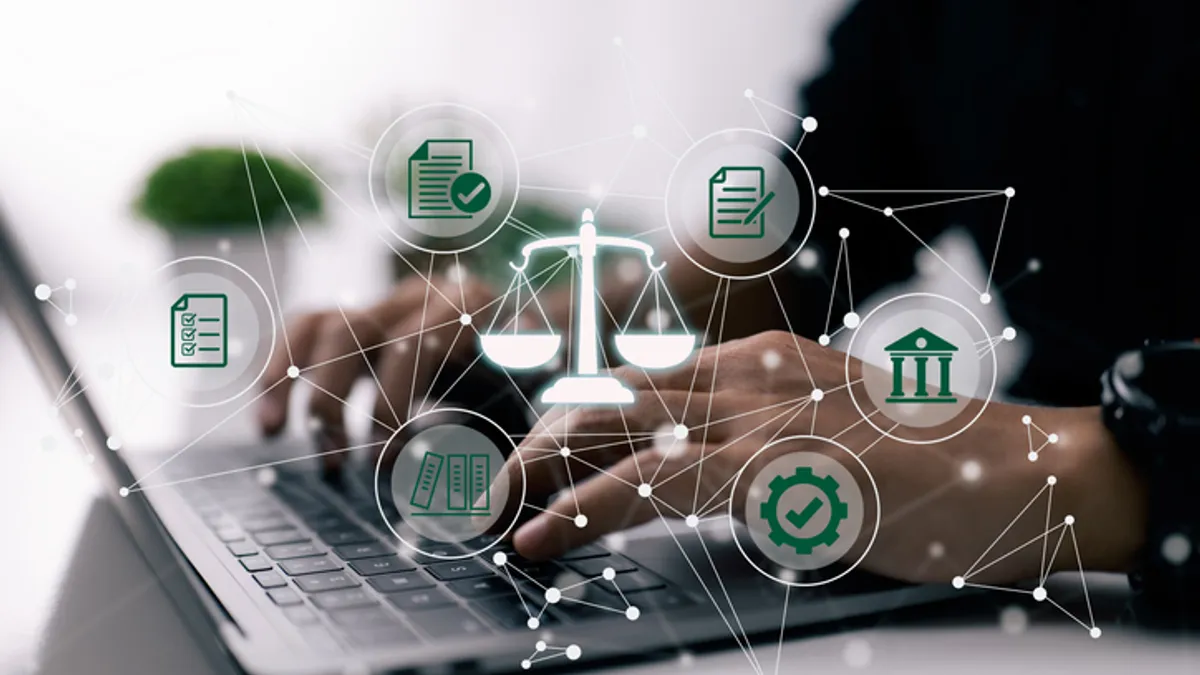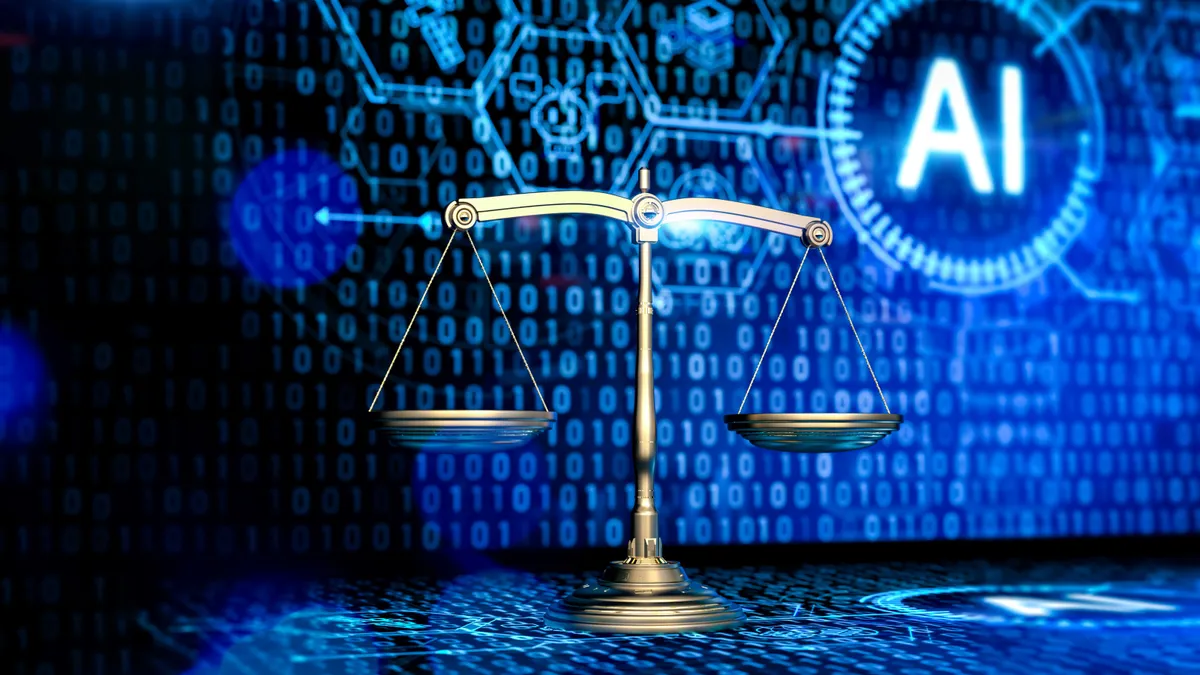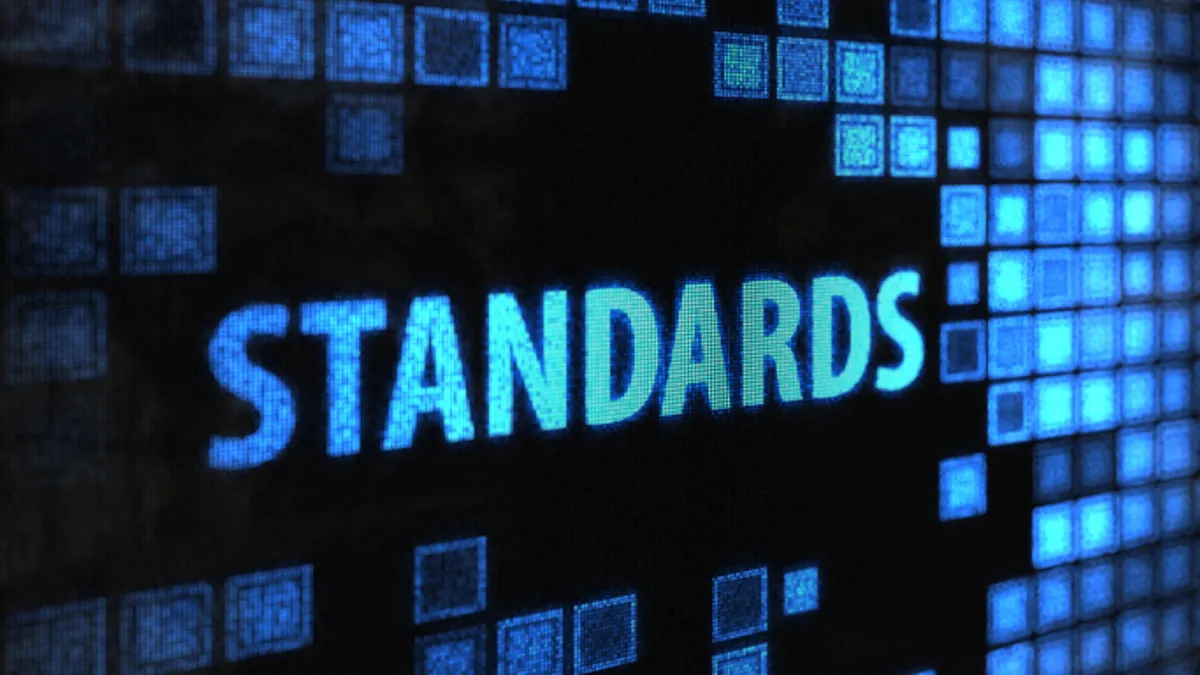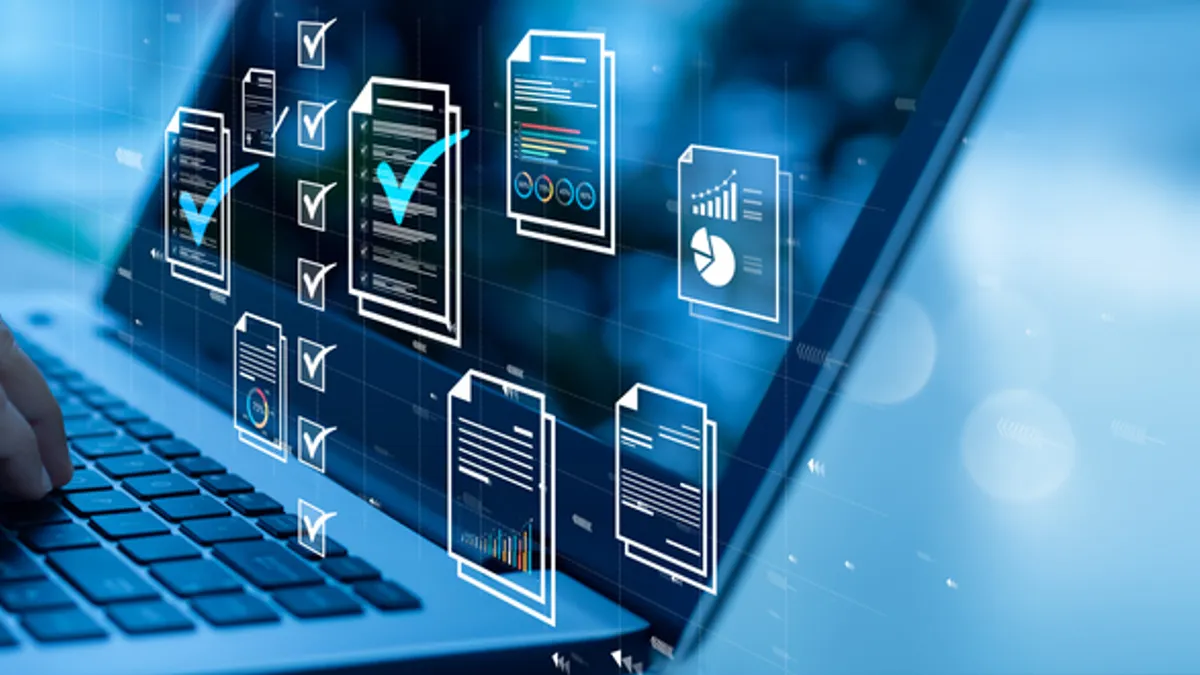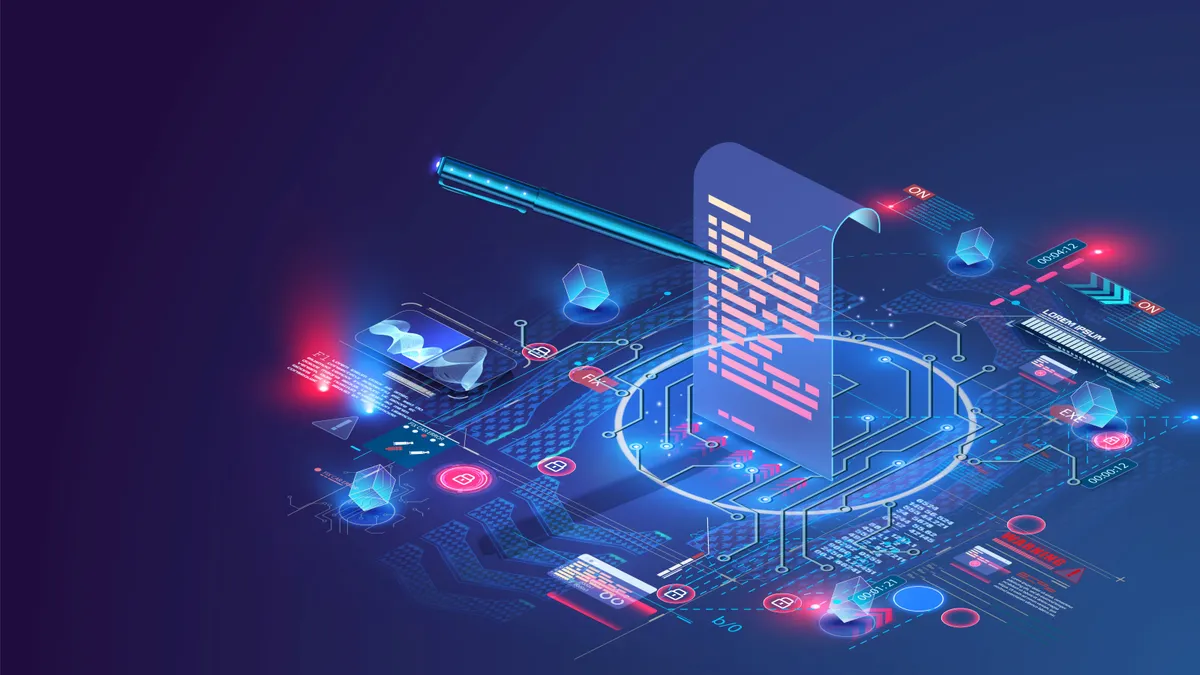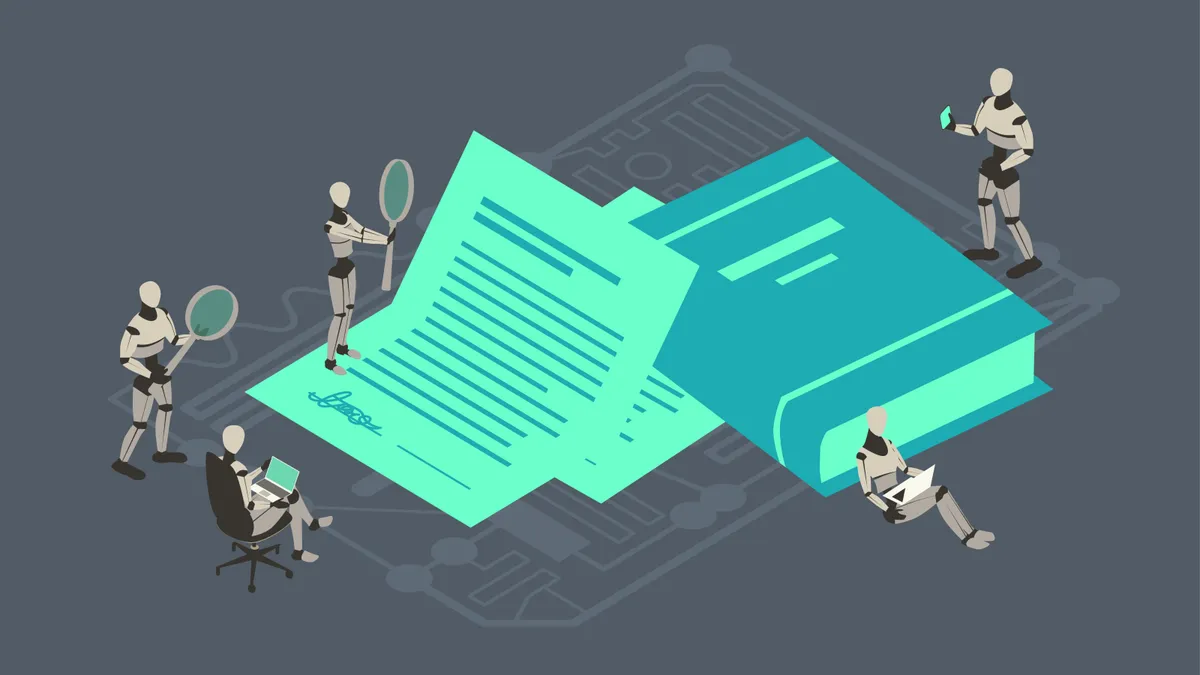Vincent Brault is senior vice president of product and innovation at Anaqua, an intellectual property services and software company. Views are the author’s own.
Artificial intelligence is making its way into the legal space, with 73% of lawyers saying they plan to use generative AI in their work and 46% saying they’ve already used it, chiefly for research and drafting communications. However, among many in-house attorneys, apprehension remains around integrating AI into their day-to-day role and what this would mean for job security.
According to the ABA Legal Technology Survey Report, the top worries are the accuracy and reliability of the technology, data privacy and security, and cost to implement.
From my observation in working with IP organizations, in-house counsel are becoming more eager than their counterparts in law firms to leverage AI across the IP lifecycle. They’re starting to use it for docketing, classification, patent search and trademark image recognition.

For their part, law firm attorneys are concerned the technology could further commoditize patent prosecution, especially in drafting patents and responding to office actions.
Since corporate attorneys often rely on outside counsel to manage patent prosecution on their behalf, law firm attorneys assume the risk and liability that comes with this work and therefore might be more cautious about stepping into this uncharted territory.
Viewed in this context, in-house counsel can feel secure AI won’t replace their jobs, but it’s nevertheless the case that those with AI skills will have a competitive edge in the IP space in the coming years. By understanding how AI can support legal tech, facilitate in-house work and boost professional development, in-house counsel can overcome apprehension and benefit from this technology.
Understanding AI in legal tech
AI is already integrated in some areas of the in-house IP attorney role. In-house counsel are leveraging AI for various use cases, including by –
- Automating administrative tasks, such as processing PTO documents
- Leveraging image recognition for trademark searches and watches, and anticounterfeiting work
- Summarizing parts of patents and agreements, assisting inventors with new invention submissions, and creating new reports through AI agents and assistants
- Conducting patent searches
- Applying their organization’s classification tree to its patent portfolio and/or third-party patent portfolios
- Supporting e-discovery and litigation
Other use cases have gained momentum with the emergence of large language models with user-friendly interfaces. These new applications are more closely related to the substantive legal work typically performed by attorneys:
- Drafting patents
- Preparing responses to office actions
- Preparing oppositions
- Creating patent/product claim charts
These substantive use cases are areas of concern for law firm attorneys. They could lead to more commoditization of the patent prosecution business and, as such, are seen as a threat by many attorneys in private practice even while they recognize the need to embrace the tech to stay competitive.
For many in-house counsel, though, these new use cases represent a great opportunity to do more with less, which is crucial at a time when business demands a greater return on IP investments, leading to increased budget constraints for in-house counsel.
Although these applications are exciting, it’s important for law professionals to be vigilant against the overuse or over-reach of AI tools in attorneys’ work. Recent guidelines from the USPTO, for example, remind patent filers of the risks associated with the use of AI and provide suggestions to mitigate those risks. Attorneys must review and verify the accuracy of AI-created documents, ensuring everything is compliant and up to legal standards. This need for supervision is well understood in some non-generative AI use cases, such as PTO document auto-processing, where the technology can significantly reduce errors and streamline workflows.
Double-checking the accuracy of AI-generated work is especially important given the limitations of the technology as it now stands. Attorneys should watch out for AI “hallucinations” where generative AI tools fabricate text (such as past legal cases or prior art) that is not real. Additionally, privacy concerns must be addressed by ensuring AI processes only public data and is deployed safely, for instance, by using dedicated LLMs for a single client when handling private data.
Lawyers must also keep ethical obligations top of mind when using generative AI tools, according to the American Bar Association, which warned in a recent ethics opinion that lawyers must consider “their duties to provide competent legal representation, to protect client information, to communicate with clients, to supervise their employees and agents, to advance only meritorious claims and contentions, to ensure candor toward the tribunal, and to charge reasonable fees.”
While AI can be an asset to supplement in-house legal teams, it must be used responsibly, with thorough review and oversight to mitigate risks effectively.
Future proofing attorney work
Over the past few years, IP attorneys have been under growing pressure to demonstrate business impact, both in IP practices and in-house IP departments. Today, AI offers multiple proven solutions to drive efficiency and productivity gains with limited associated risks for in-house counsels. It is critical for in-house counsels to understand AI and its applications to remain competitive.
While it’s essential to keep responsible use of AI top of mind, it would be a mistake to forsake the technology altogether. A mindset shift around AI is necessary to embrace the new technology for what it is, accepting its limitations and potential. Part of overcoming apprehension around AI is learning more about the technology and how to apply it ethically. Upskilling and training initiatives can support lawyers in learning more and becoming comfortable with the use of AI tools, even if their employer is not yet providing official guidance or training.
The use of AI to supplement administrative-heavy tasks can lead to greater efficiencies and lower costs. For example, new AI-driven tools have the power to automate PTO communications, reduce errors, and enable IP teams to focus on higher-level tasks. While embracing AI can certainly be advantageous for the organization overall, it also has the potential to uplift individual careers. A recent industry report found that lawyers who have AI skills can receive up to 49% higher pay in the United States, making law one of the professions with the highest pay premiums for AI expertise.
By familiarizing themselves with AI and learning how to work alongside these tools, in-house counsel can make themselves resilient to AI-related job adjustments, more adaptable to changes to their roles, and able to offer strategic advice beyond the legal department. This will make in-house lawyers invaluable to their companies and colleagues, boosting their career trajectory.







